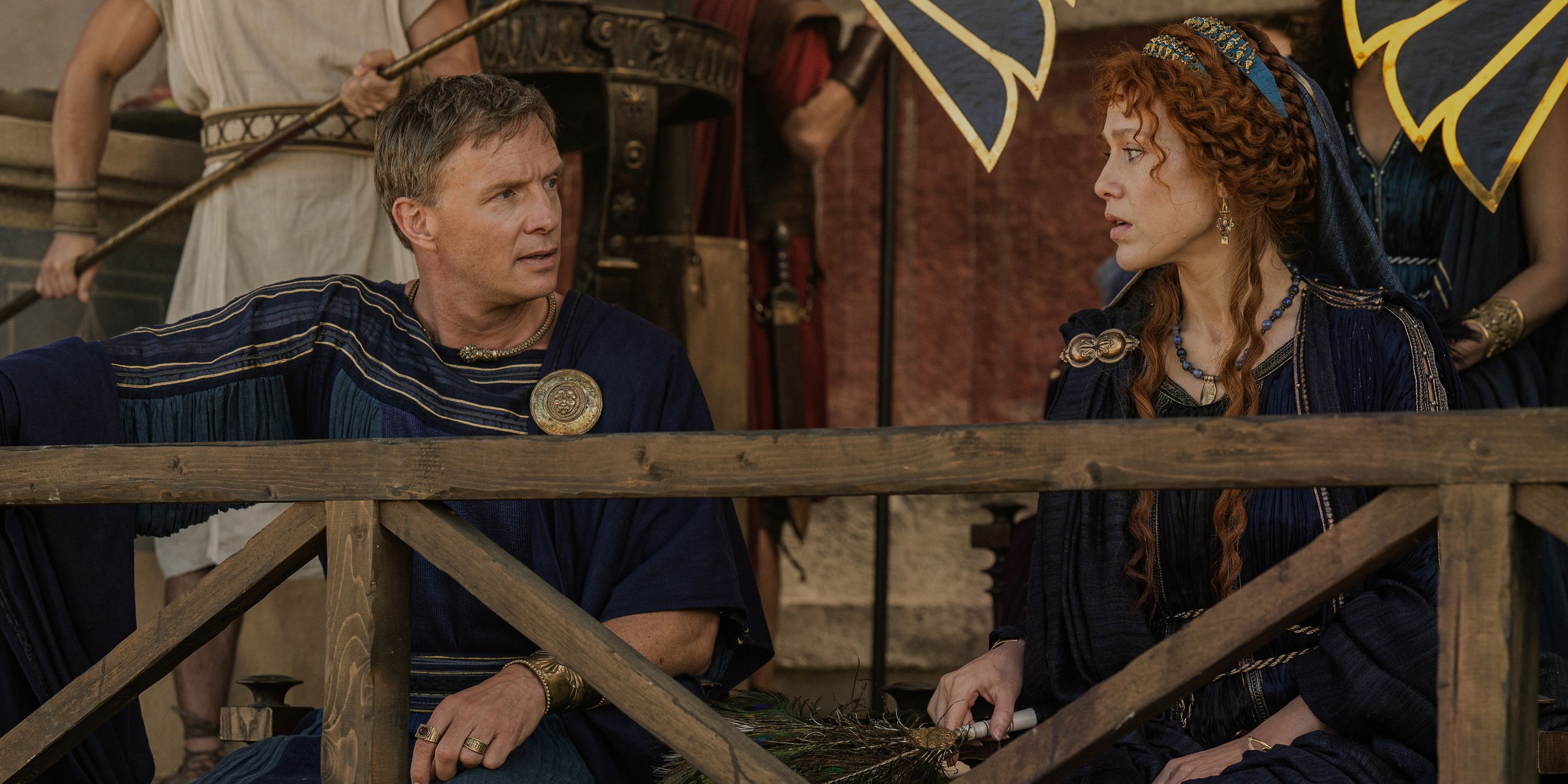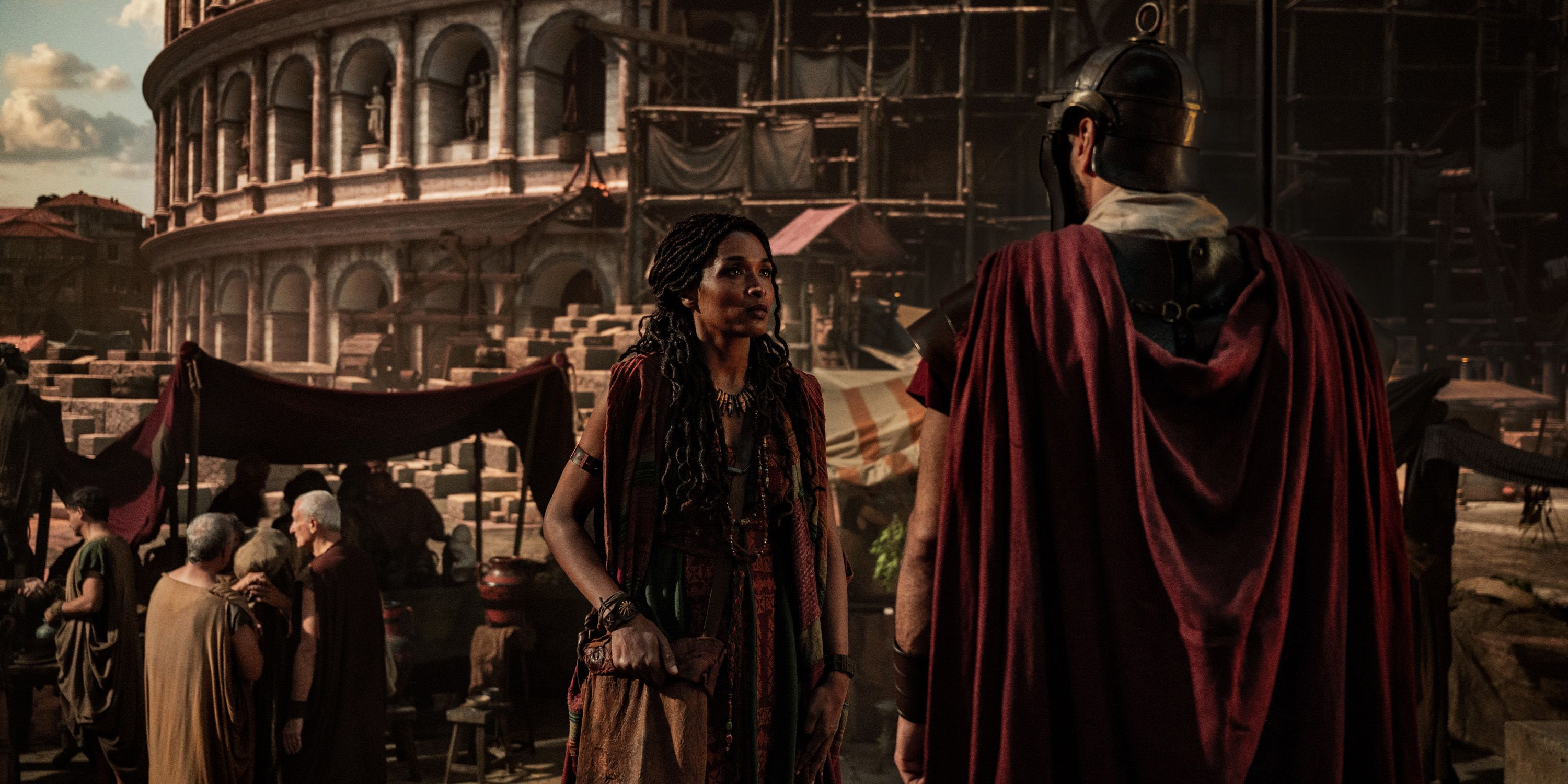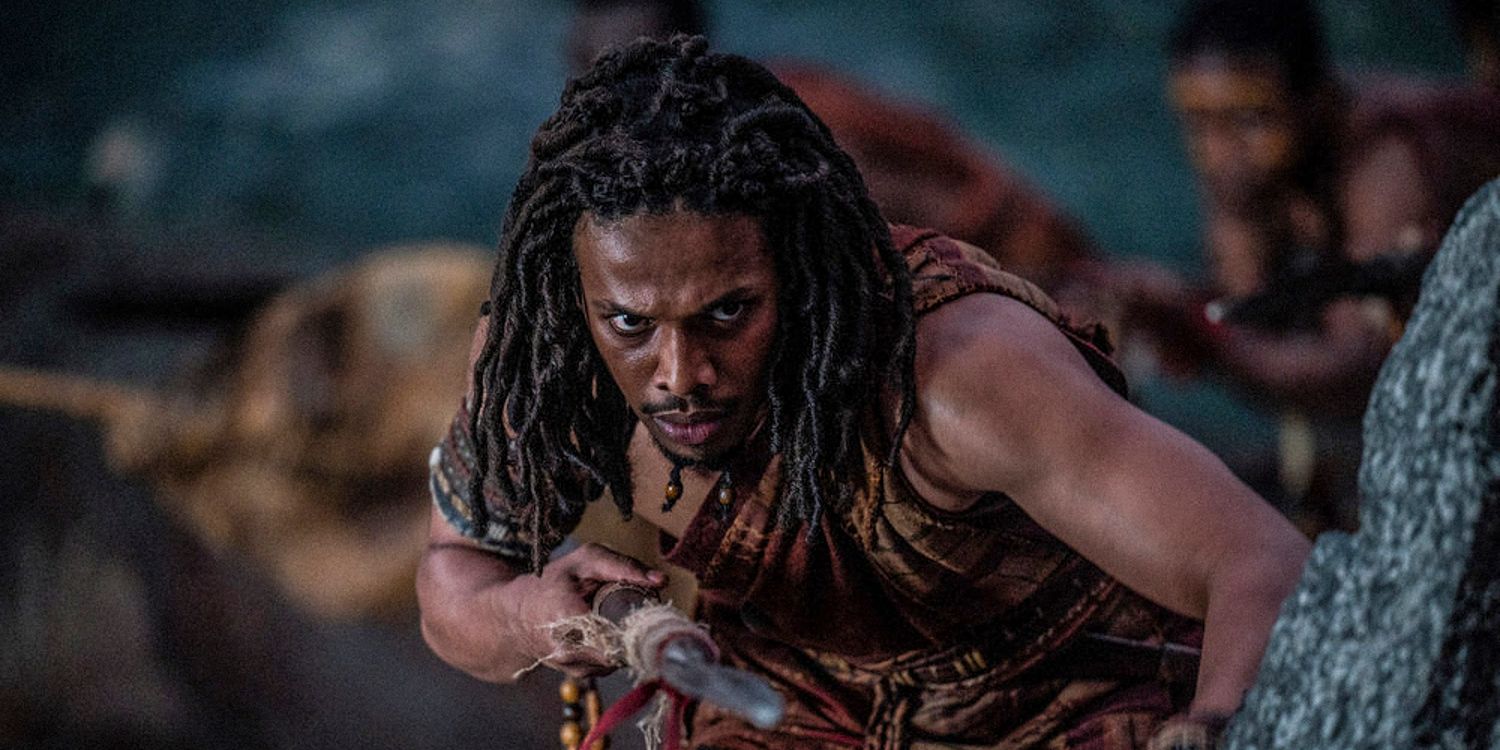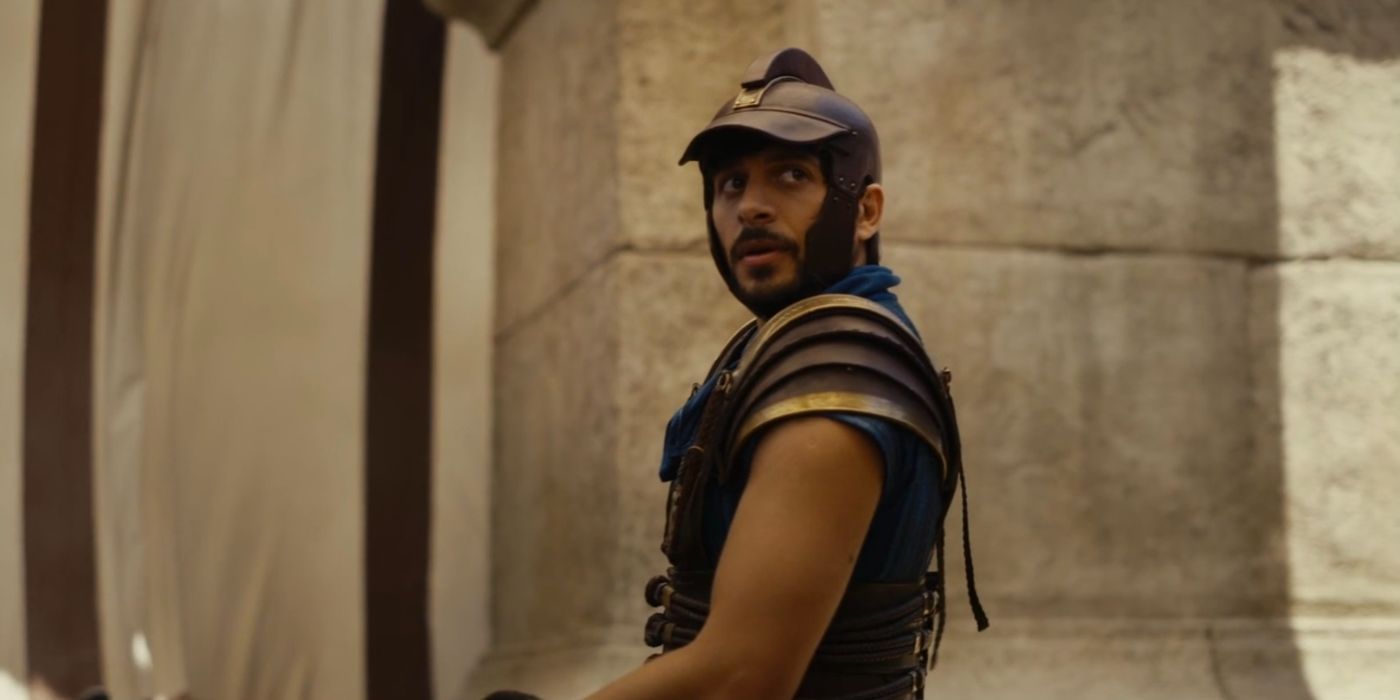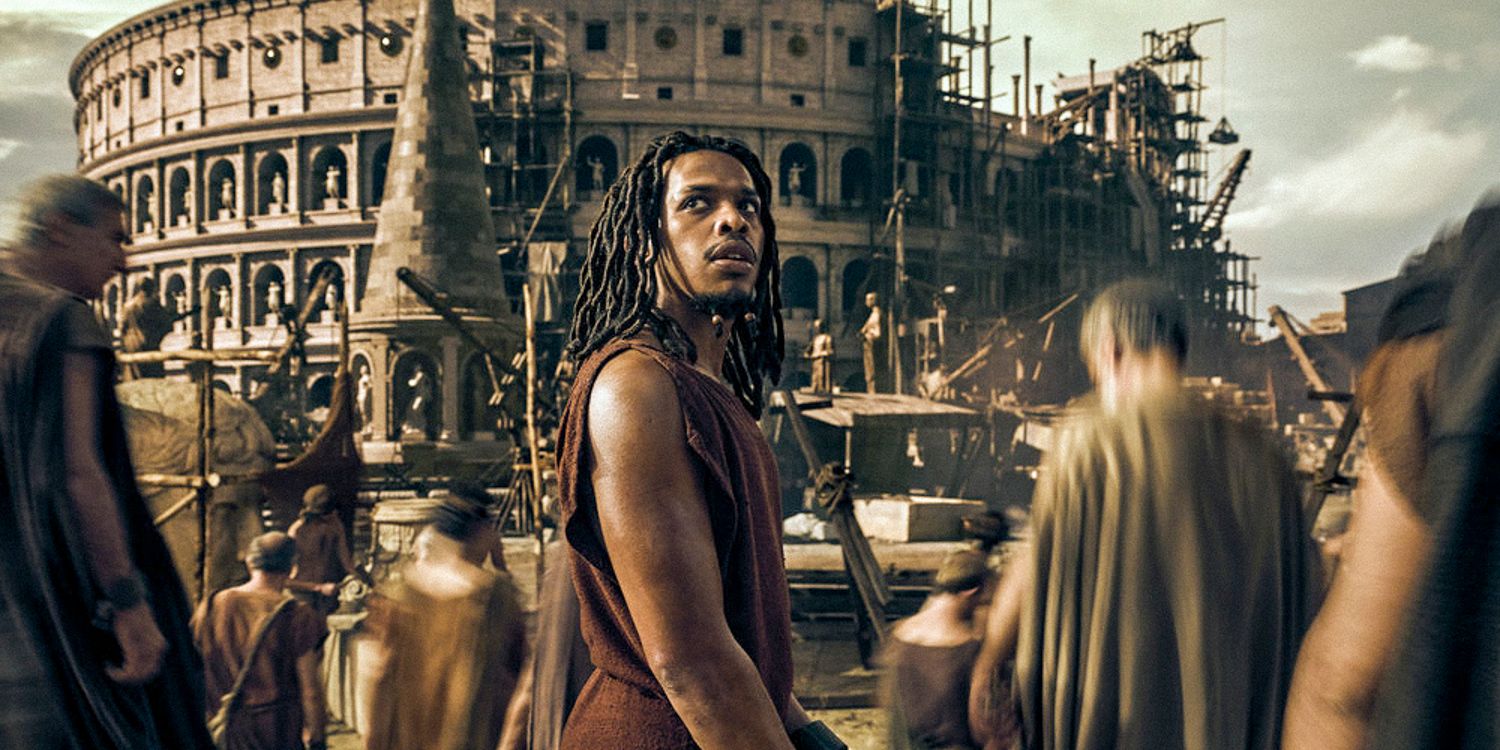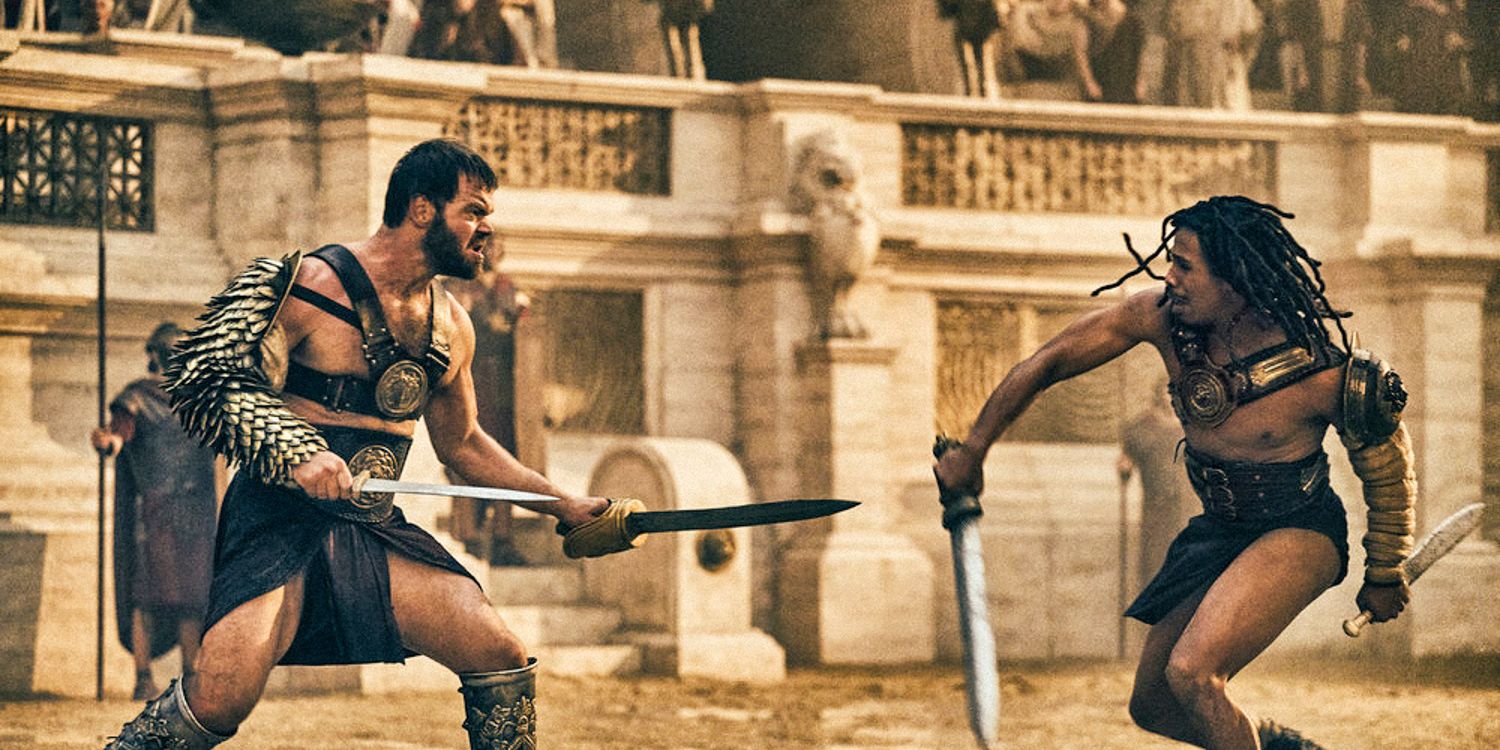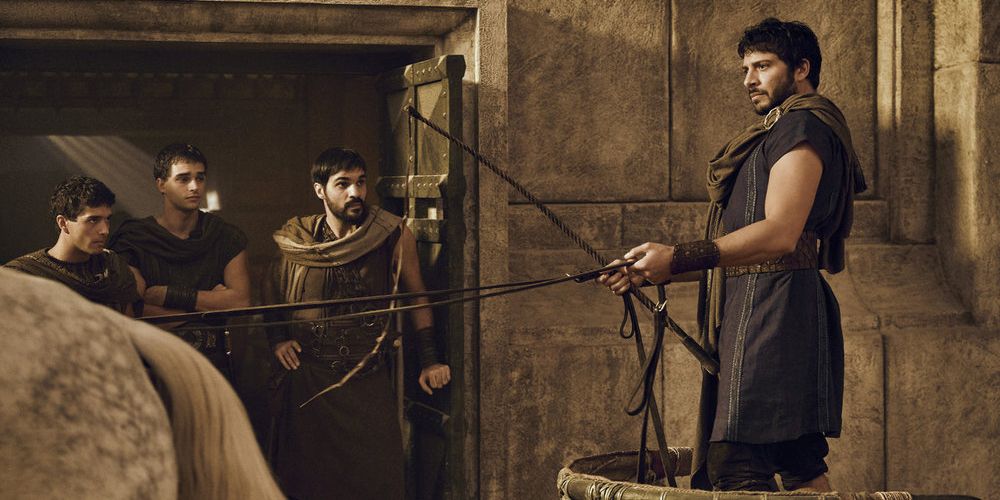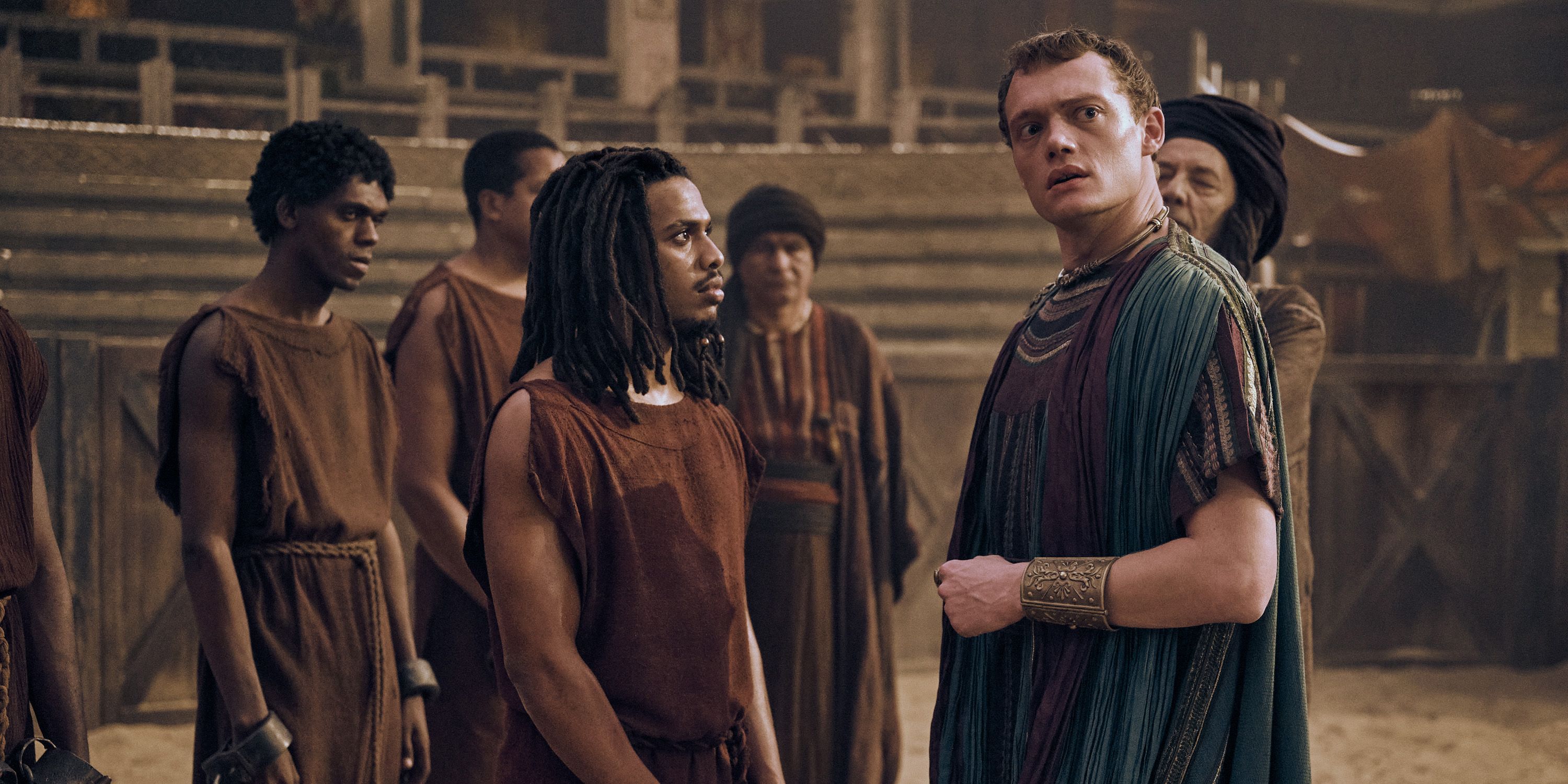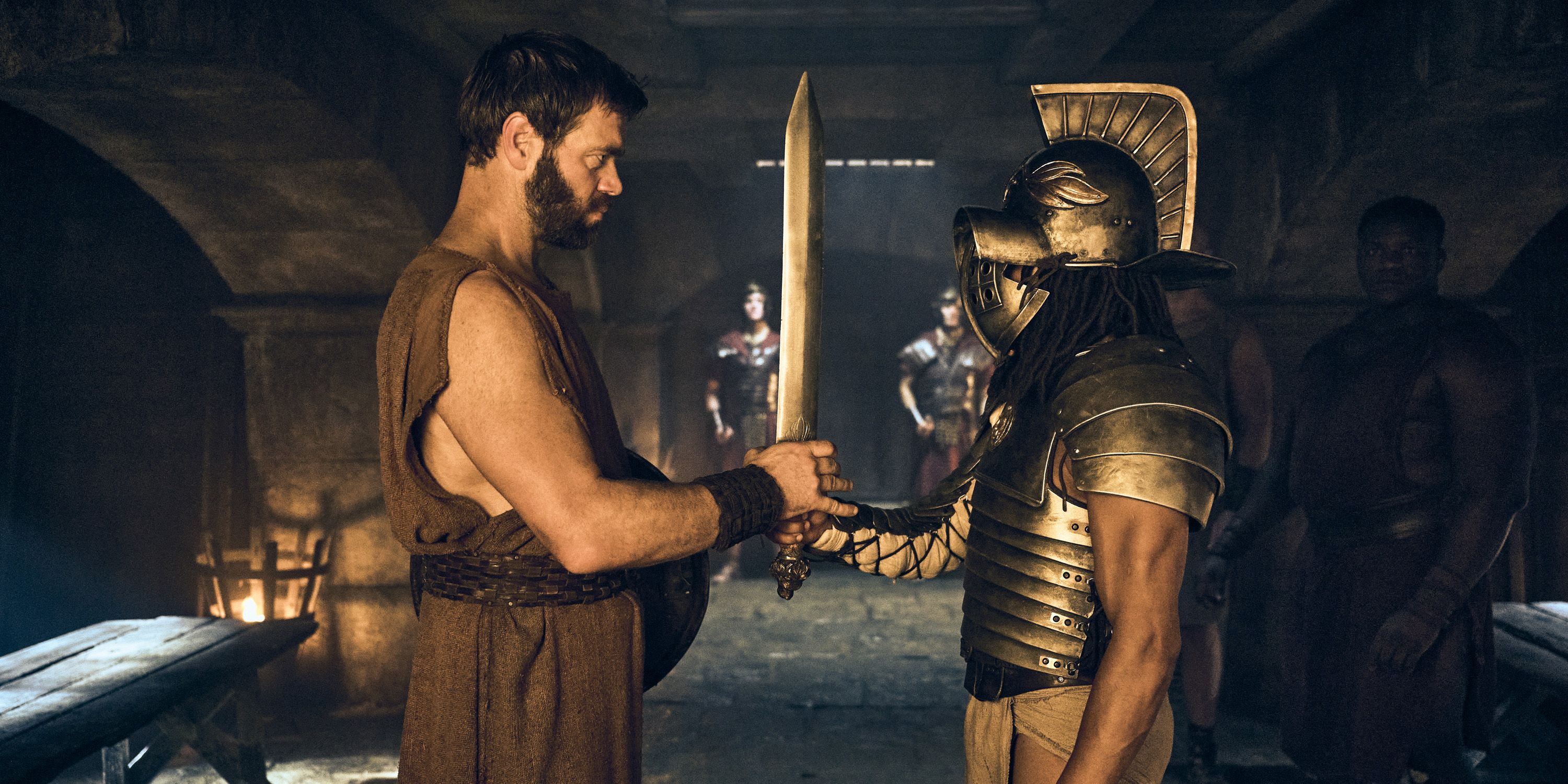Summary
- Chariot racing was popular in ancient Rome, with charioteers often lower-class Romans driving horses owned by aristocracy.
- Bestiarii were gladiators who fought animals like lions and tigers in the arena, using different weaponry depending on the beast.
- Gladiatrices were rare female gladiators who entertained Roman audiences with the same equipment and training as men warriors.
Those About to Die focuses on the charioteers and gladiators of ancient Rome during the Flavian dynasty during the reign of Emperor Vespasian (Anthony Hopkins). Based on Daniel P. Mannix’s hugely popular book of the same name, the epic sword-and-sandal TV series is helmed by director Roland Emmerich (Independence Day), Hollywood’s so-called “master of disaster,” and BAFTA-winner and screenwriter Marco Kreuzpaintner (Bodies). The 10-episode series uses Rome’s Colosseum — aka the Flavian ampitheater — as its backdrop, allowing it to delve into the people who make the city’s subsidized (and very bloody) entertainment run.
Aside from exploring Those About to Die‘s cast of characters, the show depicts the corrupt but hugely successful notion of Rome’s bread and circus — a means of keeping the public in check with the offer of free food and violent spectator sports. To lend to the series’ authenticity, Those About to Die was filmed at Rome’s iconic Cinecittà Studios, but the show prized large-scale sets and CGI effects to create its truly epic fight sequences. Despite Those About to Die‘s mixed reviews, it’s a fun watch, especially as it spotlights the many different types of Roman gladiators.
Charioteers
2-Horse & 4-Horse Chariot Races Were Also Part Of Rome’s Bread & Circus
A charioteer is someone who drives a horse — or team of horses — from a drawn chariot. In Roman antiquity, chariot racing was an incredibly popular form of subsidized public entertainment, so its inclusion in Those About to Die is not only thrilling, but accurate. Although charioteers could win large sums of money, they were often lower-class Romans, while the horses were owned by members of the aristocracy. Depending on the race, charioteers participated solo or as part of a team of drivers (via Villanova University). Additionally, there were different types of charioteers, generally defined by how many horses they drove.
Related
Those About To Die Review: So Many Problems Plague This Strangely Entertaining Ancient Rome Series
Anthony Hopkins certainly drew me in, and even if the show was extremely messy and couldn’t keep my full attention, I still had fun watching.
Bestiarius
Gladiators Who Fought Animals
As the name implies, the bestiarius was a beast-fighting gladiator. In ancient Rome, death by beasts wasn’t an uncommon fate for enemies of the state, but, eventually, specialized gladiators voluntarily fought beasts for sport. Like the naval combat showcased in Those About to Die, the inclusion of lions, tigers, bears, and other deadly beasts was a common part of the bread and circus entertainment. Depending on the type of beast, these gladiators would use different weaponry, making them masters of arms (via TheColosseum.org).
Gladiatrix
Rare Women Gladiators
Although their existence is poorly documented, gladiatrix refers to a woman gladiator of any specialty. These rare fighters were eventually banned by Emperor Septimius Severus, but, before then, these gladiatrices fought each other to entertain Roman audiences. Not much is known about these women warriors, but it’s likely that they used the same equipment and training methods as their male counterparts.
Samnites & Hoplomachus
Armed Fighters
Outfitted with trouser-like leggings, greaves, an arm-guard, and an iconic feathered helmet, hoplomachi carried spears, which they would throw at their opponents before engaging in hand-to-hand combat. This type of gladiator replaced the Samnites after that moniker was deemed improper. In addition to their throwing spears, hoplomachi were often armed with short swords and small, round shields.

Related
Those About To Die Flavian Family Tree Explained
The Flavian dynasty ruled Rome for over thirty relatively successful years, in total, but their family’s impact was much larger than the family tree.
Laquearius
Gladiators Who Used Lassos
Instead of relying on swords, shields, or spears, the laquearius put his faith in a lasso. This type of gladiator would try to catch his adversaries with a loop of rope, restraining targets like a cowboy roping cattle. After ensnaring their opponents, the laquearius would strike with small swords. Some accounts suggest that these lasso-wielding gladiators were a form of comic relief for Roman audiences.
Retiarius
“Net Fighters” Who Used Fishing Equipment
Known as “net fighters,” the retiarius was outfitted with a trident and net — the tools of a fisherman. Although these net fighters were given loincloths, belts, and arm guards, they were not afforded the protection of helmets, though sometimes they used other face protection. Some accounts suggest that the retiarius would stand on a platform of rocks, attacking their opponents, who were attempting to scale the structure (via World History Encyclopedia). With pronged, slim daggers and tridents, these gladiators were a unique foe.
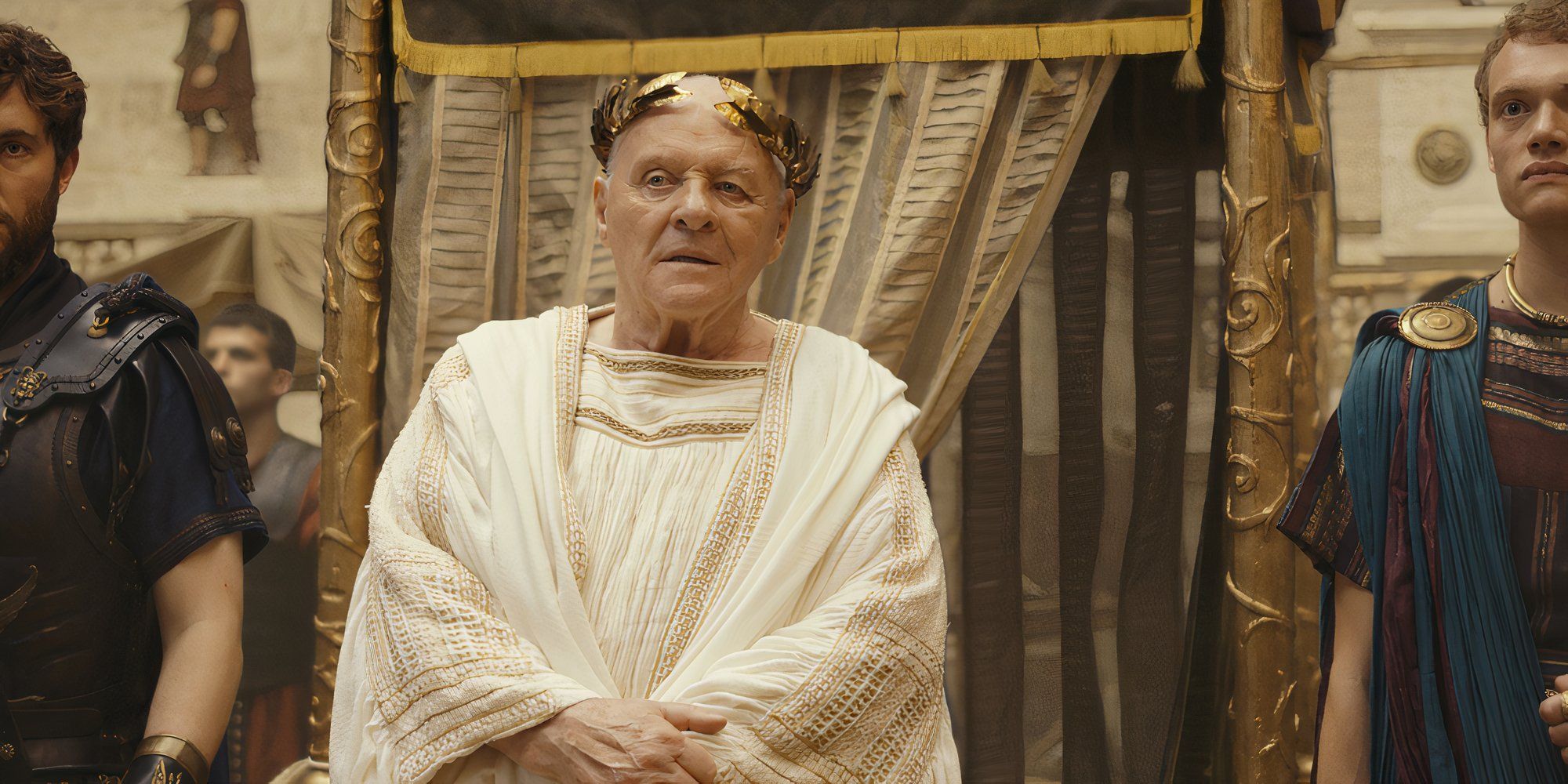
Related
What Is Those About To Die’s Year Of Four Emperors? Real History Explained
As Those About to Die depicts, ancient Rome was often in turmoil, with few periods as chaotic as the Year of Four Emperors after Nero’s reign.
Rudiarius
A Freed Gladiator Wielding A Wooden Sword
When a gladiator won his freedom, he was awarded a wooden sword or stick, and given the option to continue on as a warrior. While those wooden sword-wielding gladiators who did forge ahead became very popular with crowds — usually, they accumulated a lot of experience and time in the ring — others opted to become referees or trainers after securing their freedom.
Sagittarius
A Gladiator With The Skillset Of An Archer
Those familiar with astrology may recognize the term sagittarius as “the archer” — and that’s exactly what this type of gladiator was in ancient Rome. Instead of relying on swords, spears, or fists, these warriors were equipped with long-range weaponry.
Secutor
The Rival Of The Retiarius
Known as the “pursuer,” the secutor was the rival of the retiarius. Developed with net fighters in mind, the secutor used a tall rectangular shield and a sword. Their specially designed helmets only posed the smallest of eye-holes, thus limiting the amount of damage a net fighter could do with his trident.
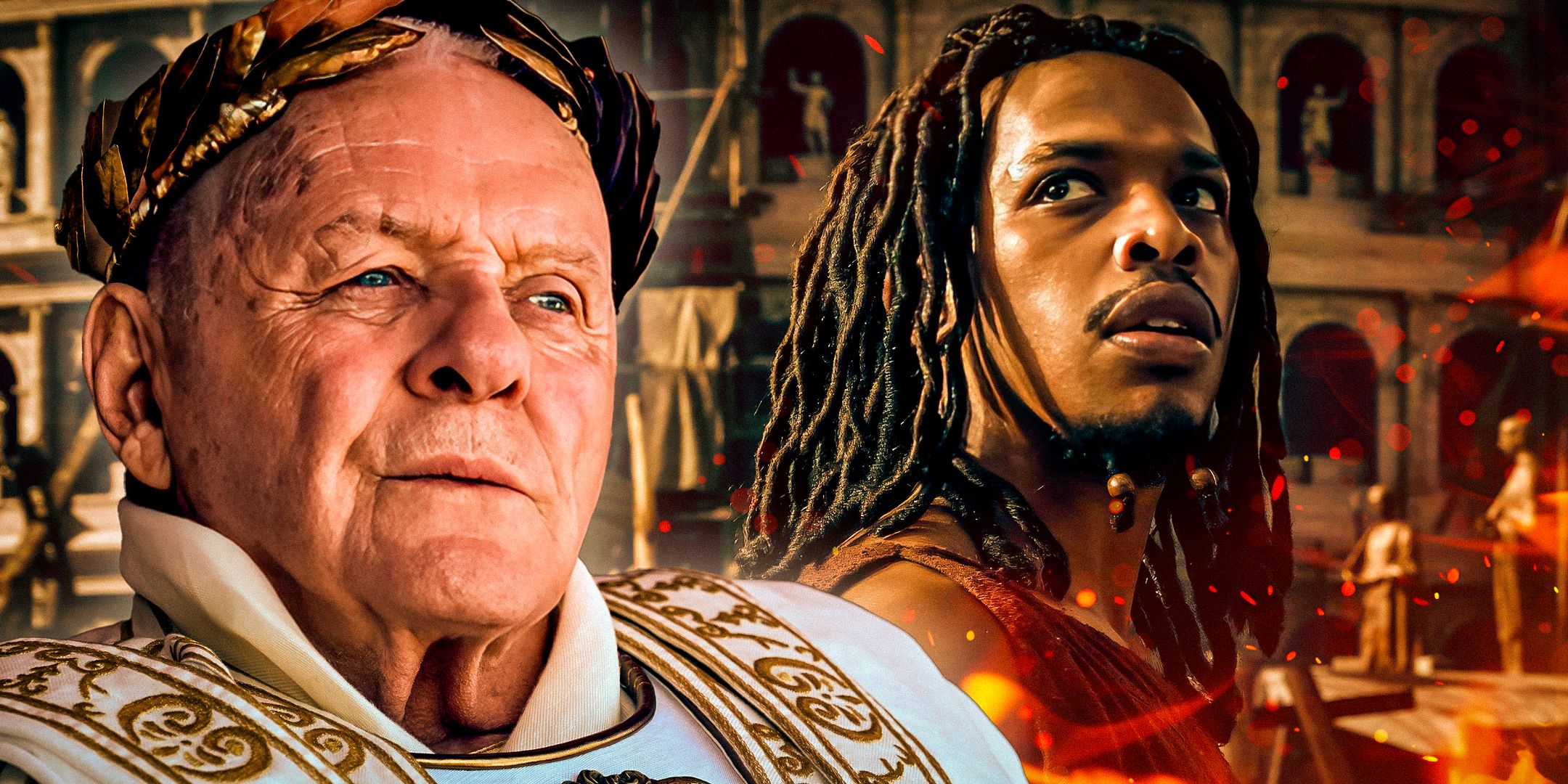
Related
Those About To Die Ending Explained: Who Sits On The Throne Of Rome?
Those About To Die introduces the political intrigue and machinations of Ancient Rome, and the series’ ending shows how anyone can rise and fall.
Other Common Types Of Gladiators
Some Gladiator Histories Are More Detailed Than Others
Cestus: Gladiators who were akin to boxers, a cestus used their fists to fight opponents. Aside from their titular cestus — a cross between a boxing glove and a knuckleduster — these warriors wore no armor in the ring.
Dimachaerus: As the Greek name of this gladiator type implies, these warriors wielded a sword in each hand, as opposed to the standard sword-and-shield combo.
Eques: This group was often made up of upper-middle-class or aristocratic warriors who weren’t allowed to fight in the games proper. Still, equites reportedly fought one another, usually witha sword or spear, decorative helmets, and shields.
Gallus: These heavyweight and heavily armored fighters were often Gaulish prisoners of war — or those tasked with fighting in the Gaulish style — who were made to do combat in the games.
Murmillo: One of the more stylish sub-sets of gladiators, this group wore a helmet with a fish on the crest, arm guards, gaiters, and, notably, thick wrappings on their feet. Like Roman legionaires, they were often equipped with large oblong shields (via The Met).
Parmularius: Any gladiator who was equipped with a smaller-sized shield was considered a parmularius.
Scissor: Gladiators who used a special dual-bladed short sword that looked like a pair of scissors without a hinge.
Scutarius: These gladiators relied on large shields, which meant that they were less well-armored than their fellow small shield-wielding warriors.
Thraex: Introduced as replacements for Gallus, these gladiators specialized in wielding swords with curved blades, but otherwise wore equipment similar to that of the hoplomachi.
To Those About to Die season 1 is streaming on Peacock.
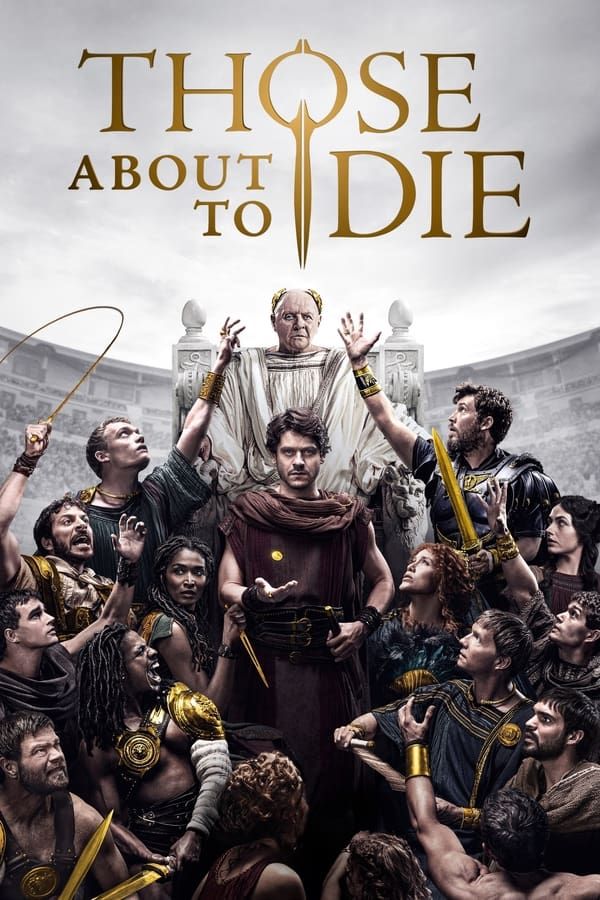
Those About To Die (2024)
Set in the year 79 AD in Rome, “Those About to Die” dives into the brutal and complex world of gladiatorial combat. The series explores the dark underbelly of Roman entertainment, where the promise of free food and blood-soaked spectacles keep the restless population in check. The narrative focuses on various characters from all corners of the Roman Empire, whose lives intersect in the grand arena.
- Cast
- Anthony Hopkins , Tom Huges , Sara Martins , Jojo Macari , Gabriella Pession , Dmitri Leonidas , Moe Hashim , Iwan Rheon
- Release Date
- July 18, 2024
- Seasons
- 1
Sources: Villanova University, TheColosseum.org, World History Encyclopedia, The Met
